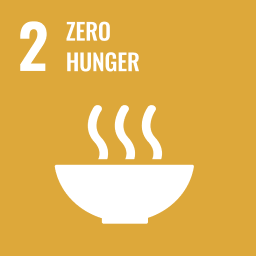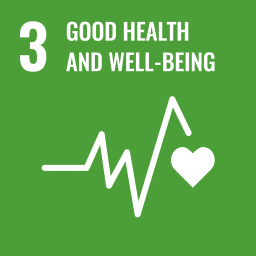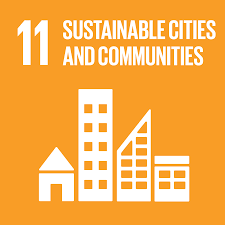The action and its aims
‘Green Light Eat Right’ is a traffic light labelling scheme for food and beverages sold at Melbourne’s leisure centres and events, and in vending machines. Based on a nutrient profiling model, ‘green’ signifies ‘best choice’, ‘amber’ means ‘choose carefully’, and ‘red’ is ‘limit intake’. The aim of the policy is to help people make healthier food choices and to improve food literacy.
When it was introduced
The scheme was developed in 2008 and trialled in one recreation centre in 2010. It was subsequently scaled up to all recreation and leisure centres in the city. In 2012 it was extended to events and festivals, and in 2014-15 some outlets introduced a ‘no red’ policy. In 2015 the system was incorporated into the Victorian Government’s Healthy Choices Guidelines.
Why it was needed
The scheme was needed because of the high volume of sales of less healthy products in city-owned venues that otherwise existed to help residents practice healthy activities.
Who initiated it, who is involved
The city’s Health Projects team developed the system with the help of non-governmental organisation Nutrition Australia. Evaluation of the pilot at North Melbourne Recreation Centre was carried out by Deakin University with funding from VicHealth, the state health promotion foundation.
Impacts to date
At the pilot site, there was a clear decrease in the number of ‘red’ items sold and an increase in ‘amber’ and ‘green’ products. Fewer ‘red’ products appeared in the top-ten list of best-sellers following introduction of the scheme. Sales of ‘red’ items decreased by 60% while amber and green sales increased, but not so much as to compensate for the ‘red’ items.



